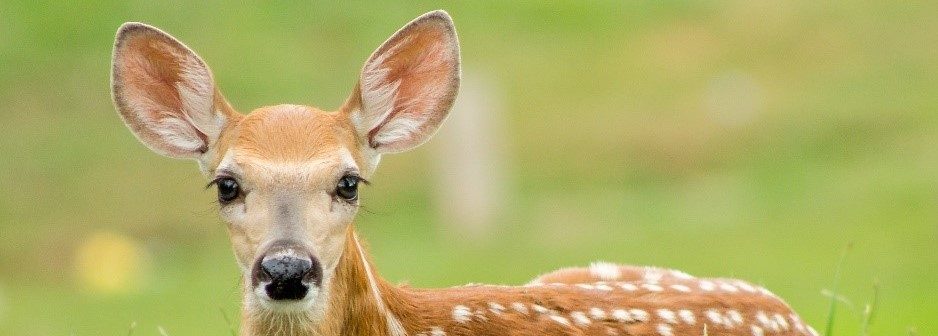
Did you know that May 8 is World Donkey Day?
To begin with, what is this day all about, you may be perhaps wondering now? World Donkey Day, which recognizes donkeys and raises awareness around their great characteristics, is the brainchild of Dr. Raziq Ark (https://shorturl.at/ehpV9).
For those of you who do not know it, there are many sizes and colours of donkeys. Indeed, these animals come in 186 separate breeds. Adult donkeys can weigh from 80 to up to 480 kg, that is 180 to 1 060 lbs (https://shorturl.at/KQRY3). Interestingly, some donkeys are miniature (https://shorturl.at/egitY).
In addition to being very cute and historically useful to humans, donkeys are known for the following characteristics (https://shorturl.at/KQRY3): they are highly intelligent, they have a good memory, and are great learners (of course, like humans, with inter-individual differences).
Although each individual has its own temperament, donkeys tend to be affectionate and thus genuinely friendly in general. They are notoriously known to establish strong pair-bonds with other donkeys (https://shorturl.at/bmGQW). Thus, when confronted to the death of a paired animal, it is necessary for humans to allow the surviving donkey time and space to grieve its friend (e.g., spending some time with the dead body). If not, this animal’s distress levels can become extreme. Isn’t it sad to sometimes see it unsuccessfully searching for the deceased donkey everywhere (https://shorturl.at/lvwY8)?
Of note, donkeys are able to sleep either laying their body down or standing up, like horses (https://shorturl.at/oxC89; https://shorturl.at/KQRY3). Believe it or not, Bambi knows at least one doe/human, herself when she was young, who can sleep standing up :). At least, she resorted to this way of sleeping as a child when she was stuck in a crowded shelter. You do what you can to rest under heaving shelling, without enough space or mattresses.
Last but not least, donkeys tend to express themselves well with their body. They refuse to move if they sense a danger. They can be stoic and, at times, literally be perceived as being stubborn. According to The Donkey Sanctuary, despite these smart animal’s capacity to experience pain and distress, “appearing strong and normal reduces the chances of predation, as predators are likely to select weaker, easier targets” (https://shorturl.at/jlrL1).
Given all the above, Bambi does not understand why, in the Arabic language/culture, people insult someone by calling him “Hmar” (or Hmara for females) [donkey in English] when they mean to say “stupid“. Could this stem from human’s misunderstanding, or frustration with, donkeys’ perceived stubbornness? Regardless, the term “Hmar/Hmara” seems to be ignorant while being mean to both donkeys and less gifted humans.
To conclude, this post will end with music as usual. The song below is a Lebanese kids’ song related to a donkey and it is sub-titled in English. Long live all the wild and domesticated donkeys of the world!


Beautiful article Bambi. Donkeys are really very smart and have an excellent memory. Our ancestors depended a lot on donkeys for transportation and to carry (alone) loads of freshly picked wheat, to take them to the mill to have them crushed and take them back home.
Bambi thanks you, Leila, for your kind words and for your great description of our ancestors’ relationship with donkeys.